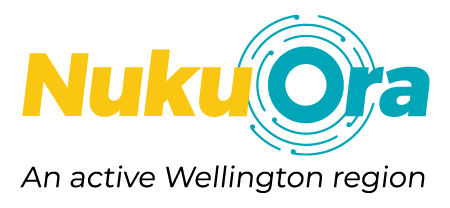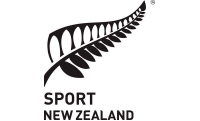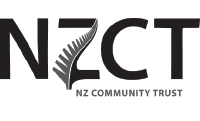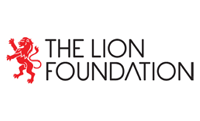Fundamental Movement Skills (FMS) provide the building blocks for many physical activities, such as playing games, dance, and sport. “Having these skills is an essential part of enjoyable participation and a lifelong interest in an active lifestyle” (Developing FMS Manual, Sport NZ).
Fundamental movement skills are important to the motor development of children’s physical, cognitive, and social growth. There are four categories in which the fundamental skills fit for under-fives: Stability and Balance, Manipulative, Locomotor, and Movement and Body Awareness.
Below you will find lists of activities which assist in the development of these fundamental movement skills.
Stability and Balance
Stability skills relate to the body’s ability to gain or maintain balance, either when still or moving.
Find out more
Manipulative
Manipulative skills are the skills we need for moving balls and objects around.
Find out more
Activities to extend the children in specific manipulative skills:
- Throwing and catching
- Overarm Throw
- Catching
- Striking with the Hand
- Striking with the Feet
- Striking with an Implement
Locomotion
Locomotor skills require moving from one location to another e.g. crawling, walking, running, jumping, skipping etc.
Find out more
Movement and Body Awareness
Movement and body awareness is the understanding of ‘what my body is like and how I move with it’.
Find out more
Other
Crossing the Midline
Crossing the Midline refers to the ability to reach across the middle of the body with the arms and legs crossing over to the opposite side. The left side of your brain controls the right side of your body, and the right side of your brain controls the left side of your body.
Find out more
Upper Body Development
Gross Motor Skills involve the large muscles of the body. They enable us to be able to walk, kick, sit upright, lift, and throw a ball. Upper body development includes the large muscles of the neck, shoulders, upper arms and upper chest area.
Find out more
Movement and Music
Music enhances the development of language and listening skills. It can also be both therapeutic and educational. Music enhances body rhythm which is a prerequisite for skills such as timing (required for crossing the road), mathematical concepts, memory, hand-eye and foot-eye coordination.
Equipment Ideas
Ideal equipment that can be used with young children
|
|
Here are a range of activity ideas for some of the generic equipment.
More activity ideas for specific equipment:
A lot of this equipment can be modified to what you have at home or in your centre already. Places like the $2 shop or Kmart are great as you can find most of this stuff for pretty cheap. Toy libraries are also a fantastic source of equipment.
For some of the other equipment check out Hart Sport or Sports Distributors.
Activity Ideas for at Home
Physical Activity for Early Years
Sport NZ's Active Movement Booklets
Sport NZ's Active Movement Videos







